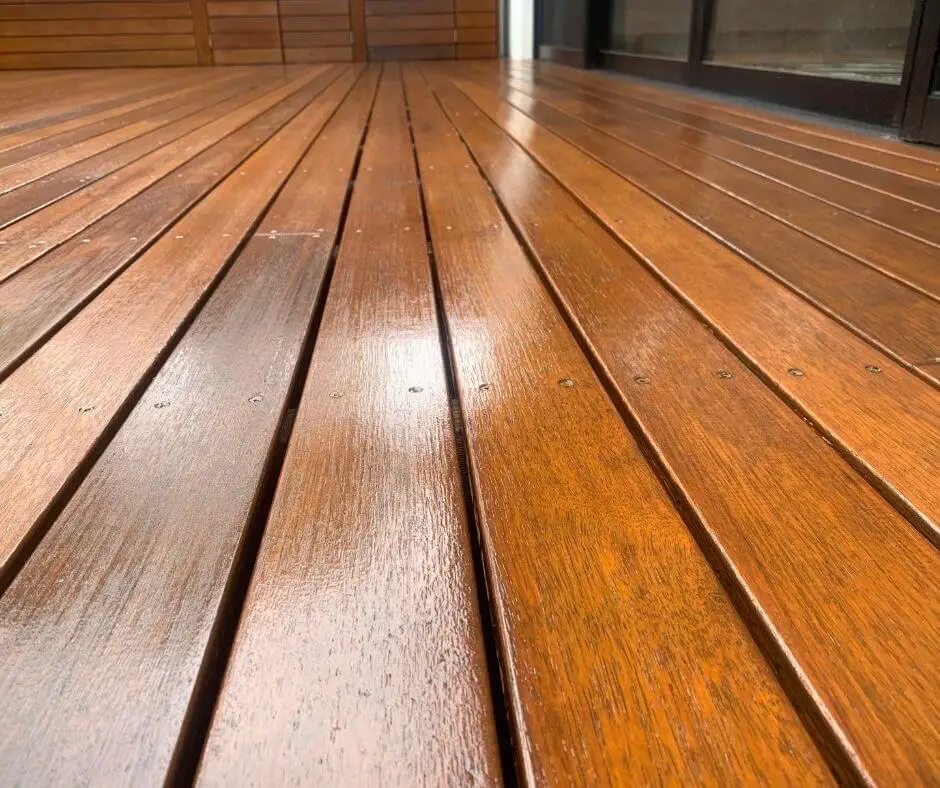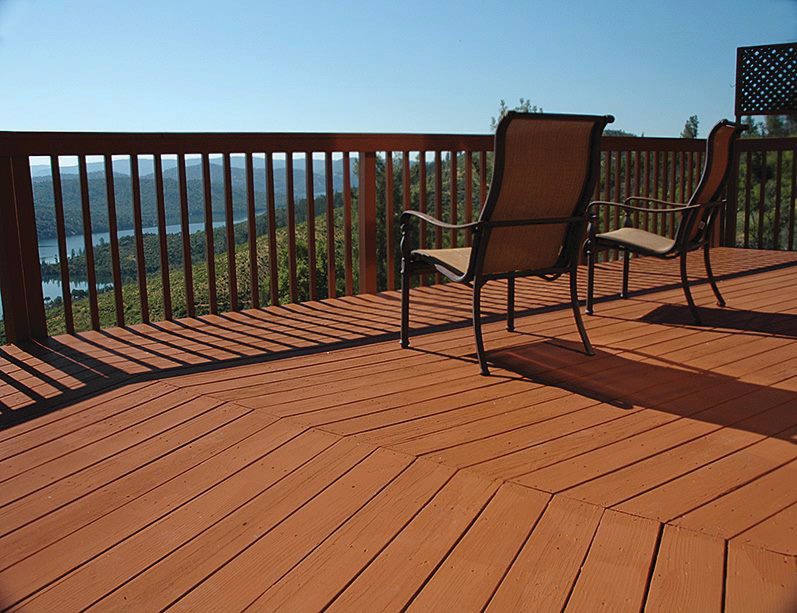Seal the Charm: Professional Fence Staining and Sealing Solutions
Selecting the Right Stain for Your Fencing: Tips and Considerations
When it concerns keeping and boosting the appearance of your fencing, choosing the appropriate discolor is essential. With a wide array of choices offered, it can be overwhelming to figure out which discolor will certainly ideal suit your demands. This guide will certainly give you with ideas and considerations to help you make an educated choice. We will certainly check out the different sorts of fencing stains, elements to consider prior to picking a discolor, ideas for preparing your fencing for staining, and the differences in between oil-based and water-based spots. In addition, we will dive into selecting the appropriate stain color to match your fencing and improve your exterior space. By following these guidelines, you can make sure that your fencing continues to be secured and cosmetically pleasing for years to find.
Recognizing Different Kinds Of Fence Stains

On the various other hand, water-based discolorations are made from acrylic or latex and provide a much more refined shade to the timber. They create a protective movie on the surface area of the wood, stopping moisture from leaking in and securing versus UV damage. Water-based spots are much easier to tidy up and have a quicker drying out time compared to oil-based stains. They are likewise much less most likely to split or discolor over time.
Choosing between water-based and oil-based stains depends on different elements, including personal preference, the desired appearance, and the degree of upkeep called for. Oil-based discolorations are advised for fence high-traffic areas or those regularly subjected to extreme weather. deck staining. Water-based discolorations, on the various other hand, are a popular selection for surround property areas where appearance and ease of usage are very important
When picking the ideal stain for their fencing,Recognizing the differences in between water-based and oil-based spots helps house owners make a notified choice. Taking into consideration the particular needs of the fencing, such as its location, direct exposure to sunlight, and desired visual, will make sure that the selected stain gives lasting defense and improves the overall appeal of the fence.
Aspects to Think About Prior To Selecting a Stain

Another variable to think about is the kind of timber your fence is made of. Various kinds of timber take in stains differently, causing varying levels of shade intensity and durability. Softwoods like ache may require even more constant staining contrasted to hardwoods like cedar or redwood. Additionally, particular woods may be more vulnerable to problems like rot or insect infestation, which might impact the choice of tarnish to protect the fence and safeguard.
The climate and weather condition problems in your location should also be considered. You may need a discolor that offers extra protection against moisture and UV rays if you live in an area with harsh winter seasons or high humidity. Also, if your fence is exposed to direct sunshine for lengthy durations, a discolor with UV preventions can assist avoid fading and discoloration.
Finally, it's crucial to consider your preferred aesthetic. Different discolorations use different colors and coatings, enabling you to personalize the appearance of your fencing (fence staining and sealing). Take into consideration the total design and layout of your home, as well as any neighborhood policies or property owner organization standards that may determine the acceptable tarnish shades
Tips for Preparing Your Fencing for Staining
Cleaning the fence is a vital step as it eliminates dust, grime, and any previous coatings that may interfere with the discoloration process. Rub the surface area carefully, paying extra interest to locations with stubborn discolorations or mold.
After cleansing, permit the fence to completely dry completely. fence staining and sealing. This step is essential as staining a wet or moist surface can lead to bad adhesion and an irregular finish. Depending upon the weather, it might take anywhere from a few hours to a few days for the fencing to dry completely. Guarantee that the fencing is totally dry before proceeding with the discoloration process.
Before discoloration, inspect the fence for any kind of damages, such as loose boards or nails. This product helps to open the timber pores, enabling the discolor to pass through extra successfully and equally.

Comparing Water-Based and oil-based Discolorations
When picking a tarnish for your fencing, it is essential to compare the features and advantages of oil-based and water-based stains. Both sorts of stains have their very own advantages and considerations, so it is important to recognize the differences between them.
Oil-based stains are understood for their durability and resistance to tear and wear. They penetrate deeply into the wood, supplying excellent protection against the elements. They also boost the natural charm of the timber by highlighting its grain and structure. In addition, oil-based stains tend to last longer than water-based spots, making them a preferred option for fencings.
On the other hand, water-based spots are much more eco friendly and much easier to clean up. They may not provide the same level of defense as oil-based stains, especially in harsh weather condition conditions.
Eventually, the selection between water-based and oil-based spots relies on your certain needs and choices. Think about variables such as durability, ecological influence, and ease of application when making your decision. Consulting explanation with a specialist or looking for suggestions from experts can likewise assist make sure that you choose the ideal stain for your fence.
Picking the Right Stain Color for Your Fence
The option of a proper tarnish color for your fencing is a crucial element of enhancing its visual appeal and enhancing the overall design of your outdoor area (deck cleaning). The best stain shade can transform a plain, common fence into a striking focal factor that includes depth and character to your home
When selecting a discolor color for your fence, it is very important to think about the style and architecture of your home. If you have a traditional or traditional design home, natural tones such as neutrals and browns can produce a warm and welcoming appearance. On the other hand, if you have a modern or contemporary home, you could think about going with vibrant and lively shades that make a declaration.
Another aspect to take into consideration is the all-natural environments of your home. If you have a great deal of greenery, a discolor shade that complements the natural landscape, such as greens or deep reds, can develop a unified and cohesive appearance.
Furthermore, it's worth thinking about the upkeep required for different tarnish shades. Lighter colors tend to reveal dirt and use even more easily, while darker shades can hide blemishes and call for less constant touch-ups.
Ultimately, the selection of tarnish shade for your fence ought to reflect your personal design and preferences - deck staining companies near me. Put in the time to explore different alternatives and get in touch with with professionals if required, to ensure that you pick the best discolor color that enhances the beauty and charm of your fencing
Verdict
In conclusion, when it comes to choosing the right discolor for your fencing, it is important to recognize the different types of spots readily available and consider variables such as toughness and preferred appearance. Selecting the ideal discolor shade can boost the general visual appeals of your fence.
We will certainly explore the different types of fence stains, variables to think about before selecting a stain, pointers for preparing your fencing for discoloration, and the differences between oil-based and water-based stains.Separating in between oil-based and water-based spots is critical when understanding different types of fence stains. Water-based stains are less complicated to cleanse up and have a much faster drying time contrasted to oil-based discolorations. Additionally, oil-based spots have a tendency to last longer than water-based discolorations, making them a preferred choice for fences.
In verdict, when it comes to picking the right stain for your fence, it is vital to understand the various kinds of spots readily available and think about factors such as durability and wanted appearance.